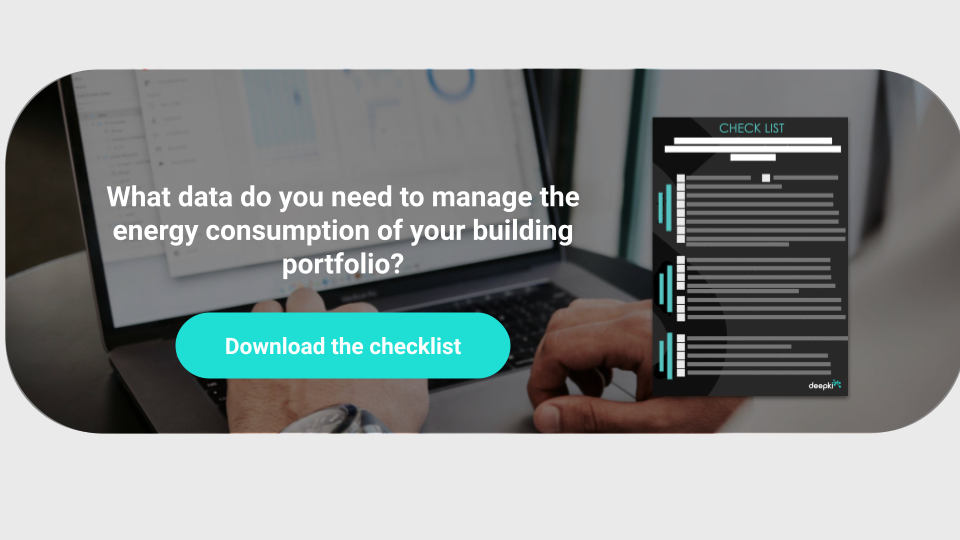Open data is a grassroots movement that views public information as a common good, and actively promotes the digitalization of property. But what does open data mean for the Real Estate sector? How can these new resources provide a better understanding of your property portfolio and help you create value for your business? Blog by Deepki presents three irresistible arguments for embracing open data.
It’s easy to get lost in the masses of open data available. These examples will help you appreciate potential applications in the property sector:
#1: Improving your understanding of the property portfolio
Companies looking to launch an energy conservation program depend on databases that are sometimes incomplete and unreliable. How can you adopt an effective energy management approach without a clear view of your assets?
The first step requires a detailed grasp of your property portfolio, and open data is a great help here. Starting with nothing but an address, it allows you to gather a wealth of details about individual buildings:
- Photographs
- Period of construction
- Surface area and building height
- Wall material and window areas
- Exposure
- Type of occupancy
This information beefs up the initial asset database and makes it more reliable, ultimately providing a better understanding of the property portfolio.
#2: Gaining better insight into local context
Open data can also provide valuable information about a building’s location and surroundings. In addition to public transportation, for example, you can identify key technological and environmental risks (flood zones, proximity to a high-risk factory, etc.). Most of this data is geolocated and easy to view on a map:
- Local socio-demographics
- Urban planning constraints (easements, right to build, etc.)
- Commercial facilities and services available nearby
- Proximity to public transit systems
- Etc.
#3: Benchmarking to drive better energy performance
Enriching your property database with open data allows you to benchmark your buildings’ energy consumption. The abundance of available data means you can define consumption models for each building type (bank branches, schools, offices, etc.) and compare your performance with industry peers. For example, a town can measure the consumption of its public buildings against comparable municipalities (similar size, facilities, climate, etc.), creating a spirit of healthy competition and promoting the energy transition.
By cross-referencing this information with overall energy data, you can assess each building’s consumption and identify stronger/weaker performers in the portfolio. Once you’ve identified buildings that consume too much energy, corrective actions can be taken to improve their energy performance.
Open data is a powerful resource that can enrich and enhance your asset data, helping you create a successful energy management strategy. The larger your database, the deeper your understanding of each site’s consumption…and the better your action plan to reduce energy consumption. Get started by taking stock of the data you already have, using our handy data checklist!



